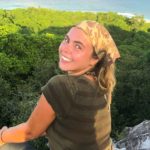Intro
Wild salmon feature across multiple cultures over thousands of years. In Irish folklore and mythology we see the ‘Salmon of Knowledge’ and Native Nations of the Pacific Northwest define themselves as Salmon People.
In our everyday lives we see supermarket shelves and restaurant menus with an abundance of salmon. Therefore, it may shock you to know that soon there may not even be enough for commercial or recreational exploitation.
We are at the tail end of a long decline of fish. This blog will highlight the true state of the wild salmon populations while providing guidance on what you can do!
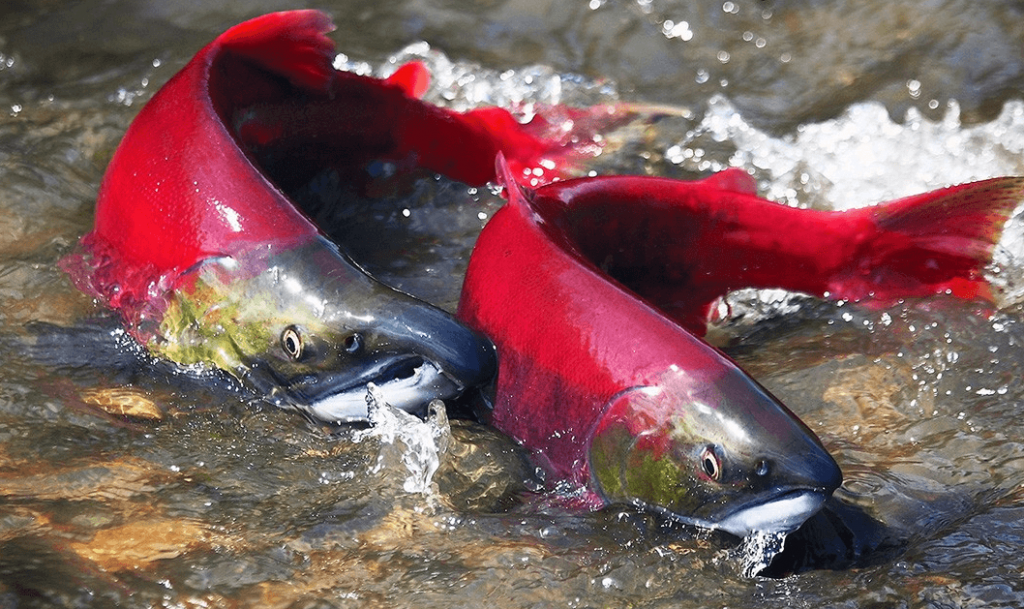
Background
Wild salmon have the most complicated and wonderous life history of any fish. During their lives they occupy freshwater, estuarine and marine environments. They are born in freshwater river systems and then migrate to the ocean where they spend between 1-3 years of their adult life.
At around 3 years old they travel sometimes up to 1,000 miles inland, upstream and against gravity to return to their birth-place for spawning (reproduction process). Many salmon do not live for a second spawning season as the life expectancy is 4-6 years.
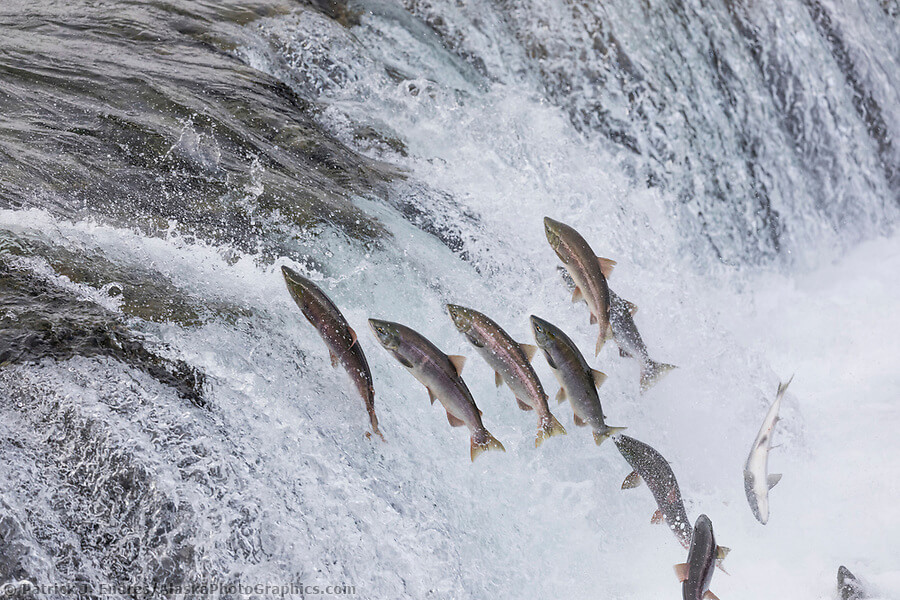
Threats
Salmon are exposed to a higher level of risk due to their range of marine habitats. Greater increased mortality at sea combined with climate change are major contributors to their decline. Additionally, man-made threats such a salmon farming and river barriers (e.g. dams) are urgent problems that need to be addressed.
Another threat to wild salmon populations is the large scale development of salmon hatcheries. This is the process of artificially breeding, hatching and rearing the salmon in their early life and then releasing them into the marine systems. This is to keep fish stocks high to allow for exploitation.
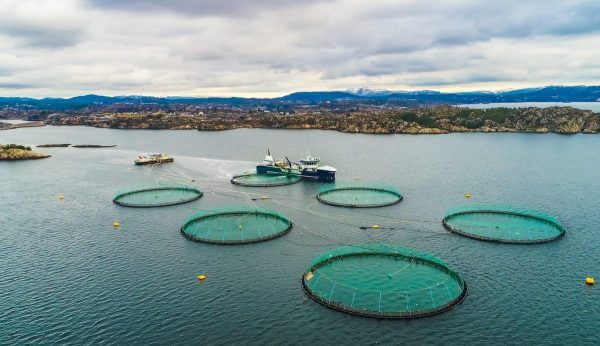
Generally as humans we tend to adopt a command and control approach to environmental problem solving. Technical manipulation of ecosystems generally see success early on. However, problems soon start to sneak in. This is exactly what is happening with the salmon.
Each year 5 billion hatchery salmon are released across the US, Canada, Russia, Japan and Korea. This creates a false sense of state of the Wild Salmon population. On the west coast of America 90% of ‘wild’ salmon caught came from hatcheries. These hatcheries are ‘band aids’ on open wounds.
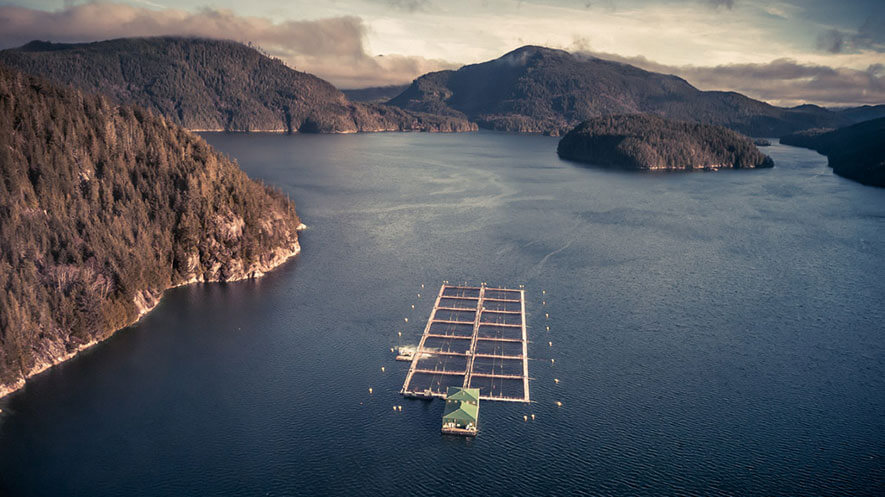
Concerns surrounding hatchery salmon:
- Hatchery fish end up in competition with the Wild Salmon populations
- Releasing hatchery fish stunts the rivers ability to restore itself.
- Through the hatchery process a genetically inferior fish is created.
- Whales and dolphins are threatened as they depend on healthy salmon populations for their food supply.
‘We are imposing simplification on a world that has taken millions of years to diversify. This is a violent act on life itself’ (Aritifishal, 2019).
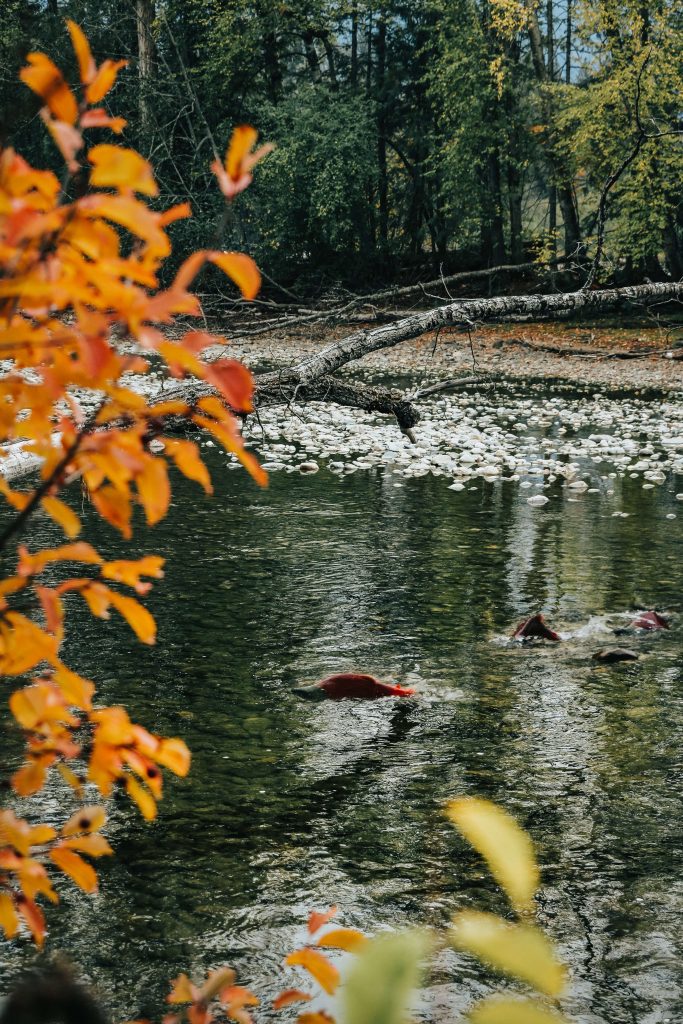
It doesn’t end here, fish farms are another huge issue. Firstly, the salmon here are nowhere near as healthy as Wild Salmon populations. Secondly, there have been many incidences of open net farmed salmon escaping. This devastates the surrounding ecosystems. In Washington 2017, from a single event, 305,000 non-native Atlantic Salmon escaped into the Pacific Northwest. Open net salmon farming needs to be phased out urgently and replaced with closed containment systems.
What we can do
Firstly, we need to demand more resources to adequately, protect, manage and conserve the Wild Salmon populations. In Ireland alone our wild salmon numbers have plummeted from 2 million in 1970s to below 250,000 in recent years.
American Indian peoples are doing incredible work to protect Wild Salmon. The Yurok tribe in particular are fighting for Wild Salmon. Their sense of community and purpose revolves around the Wild Salmon. The river and salmon are an intrinsic part of them. In 2002, a mass fish kill occurred along the Klamath River. The devastating event occurred due to the dams creating low water level which then created a disease outbreak killing 70,000 wild adult salmon.
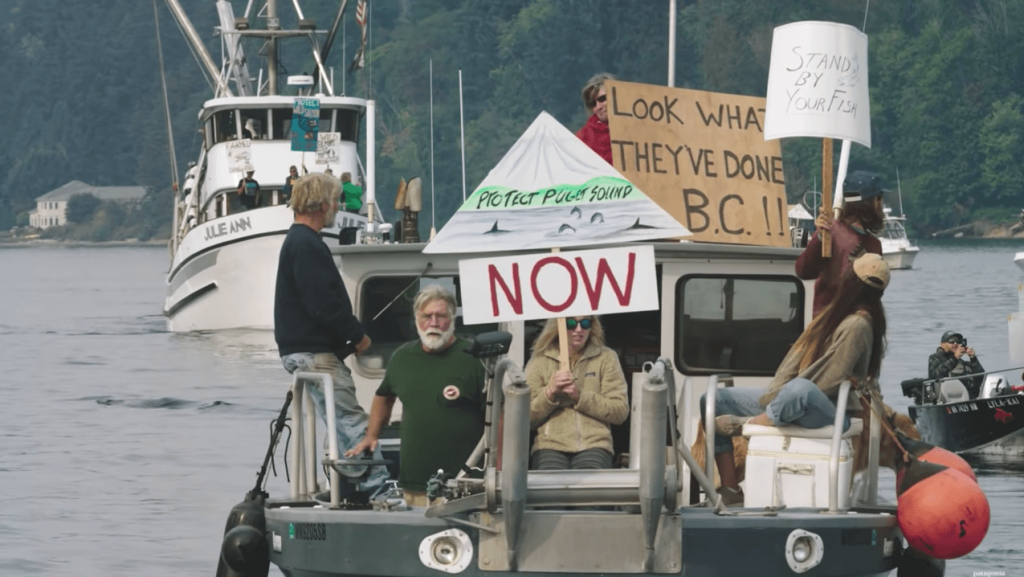
As a result the tribe have fought to remove the 4 major dams along the Klamath River to restore the fish access to the entire river and save other dependent ecosystems. This dam removal will be the largest to have ever occurred across the United States.
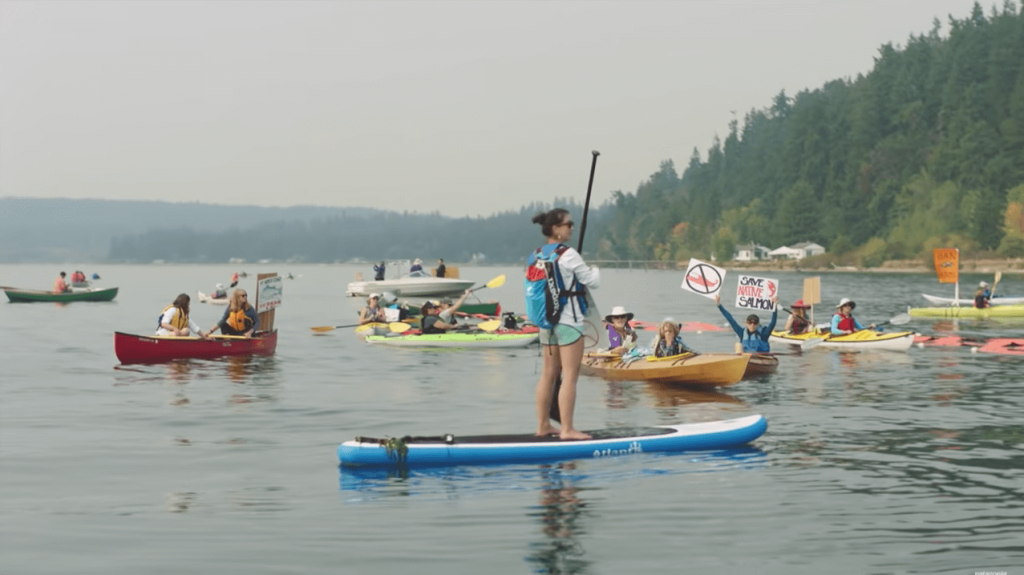
Christina Mittermeier (@mitty on Instagram) is a photographer for National Geographic and Co-founder of Sea Legacy. Following the release of Seaspiracy, she tell us what we can do to help restore fish populations, including wild salmon.
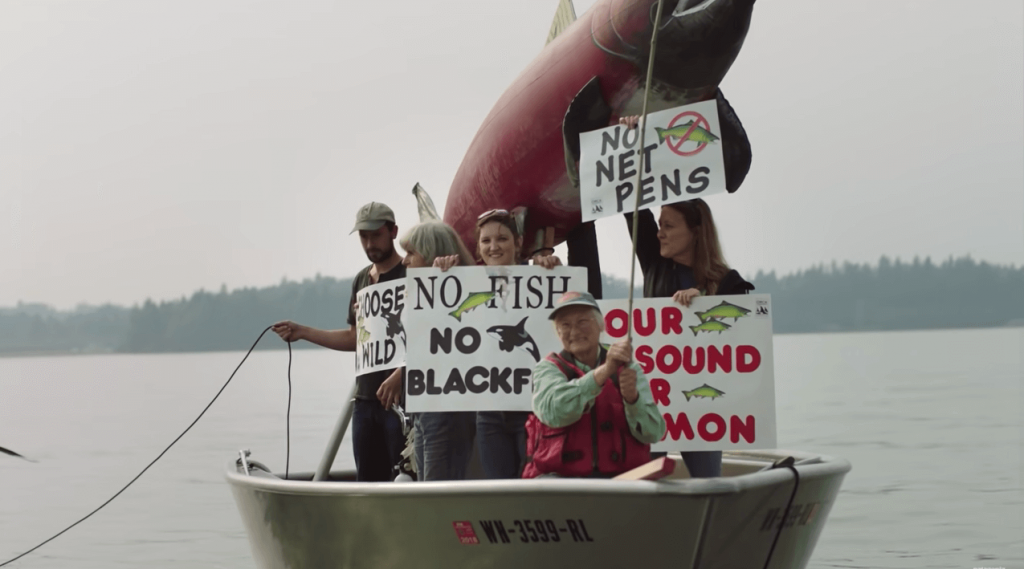
Christina’s suggestions of what you can do starting today:
- Commit to reducing seafood from your diet. Also do your homework, oysters, mussels, seaweed and several species of fish are carefully farmed and more sustainable.
- Go out and talk to people about this! Share what you have learnt.
- Read your pet food ingredients! 1/3 of all wild fish caught go to feed animals
- Krill and fish oil pills are made with the same farmed salmon that destroy our coastlines. Limit these if possible.
What is happening to wild salmon is a reflection on what we are doing to our earth, trying to control the things that when given the space to do so Mother Nature can heal herself. Let us work towards giving Mother Nature that chance to breathe and restore.
Learn More Do More
- Artifishal | The Fight to Save Wild Salmon. Film by Patagonia. https://www.youtube.com/watch?v=XdNJ0JAwT7I(A must watch!)
- Sea Legacy | Turning the Tide for Our Oceans https://www.sealegacy.org/
- Wild Salmon in Ireland https://salmonwatchireland.ie/
- Importance of Salmon to American Indian peoples. https://americanindian.si.edu/nk360/pnw-history-culture-regions/pacific-coast
- Sierra Club Article on Undaming the Klamath https://www.sierraclub.org/sierra/another-hurdle-cleared-klamath-dams-closer-coming-down
- Earth Justice – Klamath Salmon and Yurok Tribe https://earthjustice.org/features/klamath-salmon-yurok-tribe


